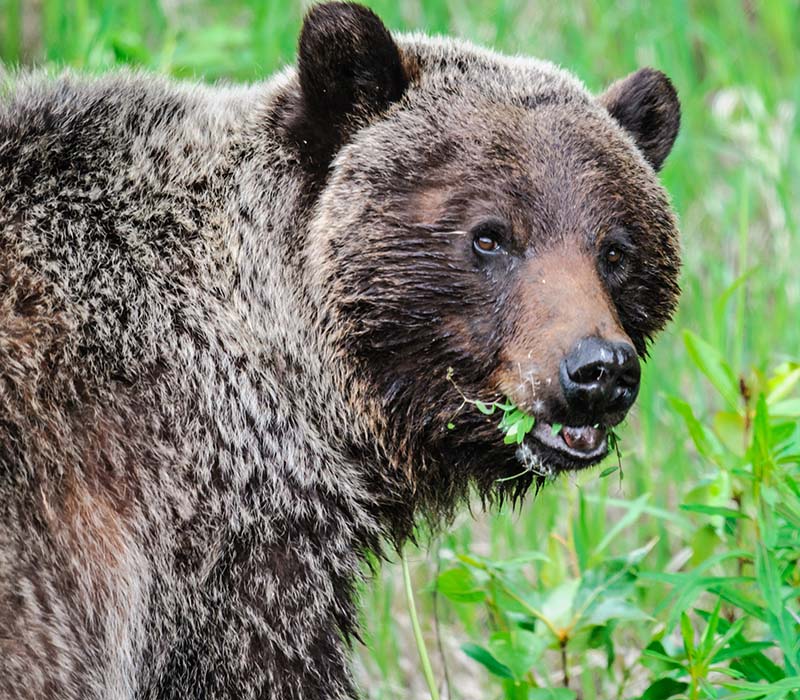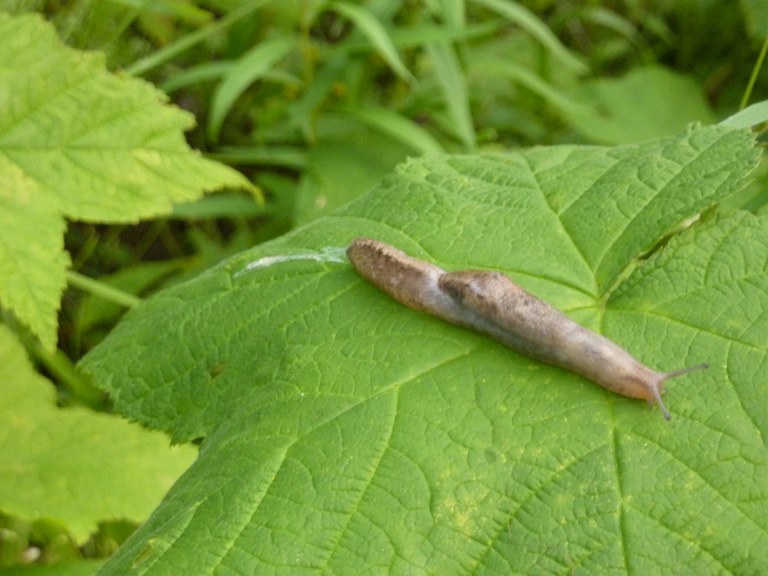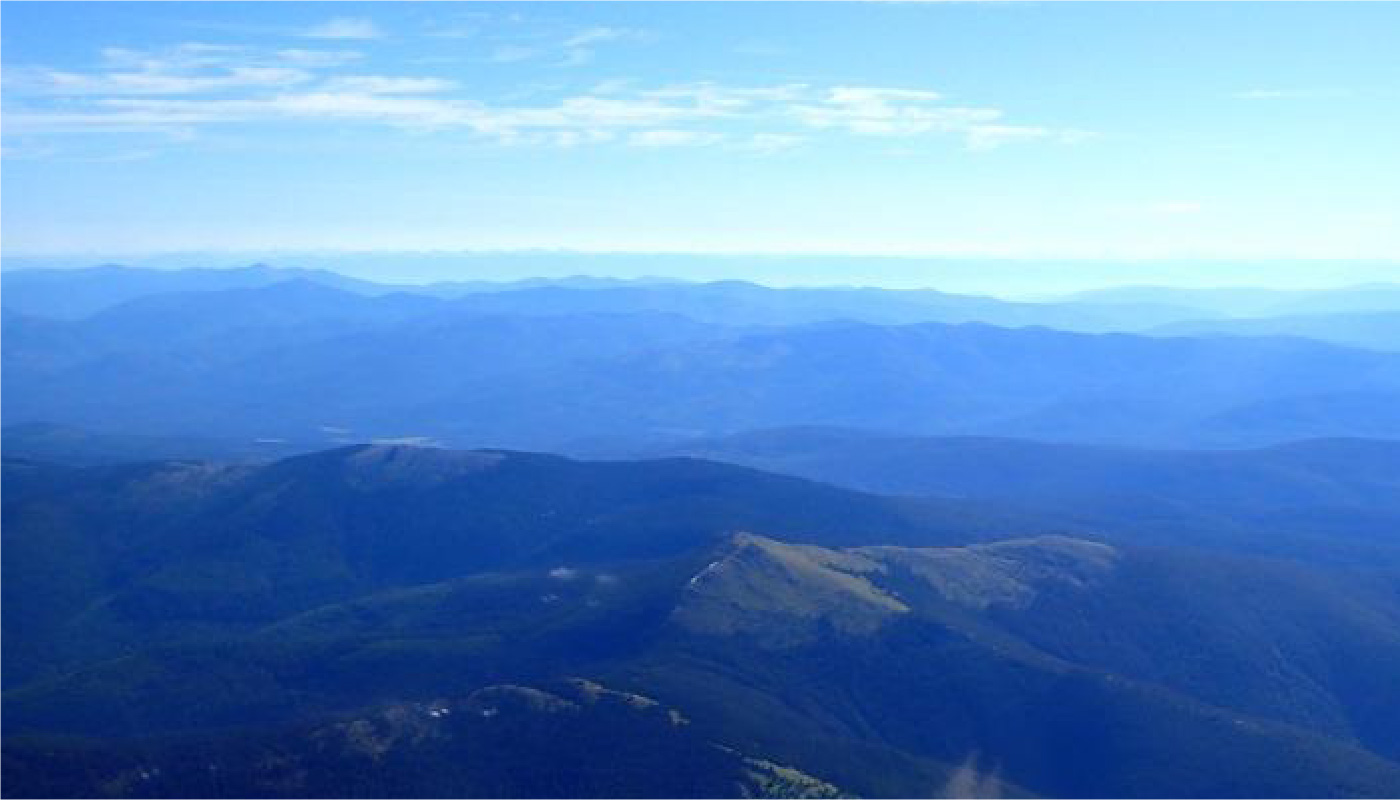As part of a trans-border network, Y2Y is working to recover grizzly bear populations in the vital Cabinet-Purcell mountain corridor.
What is the threat?
The trans-border Cabinet-Purcell region stretches north from Missoula, Montana to Golden, B.C. It encompasses roughly 20 per cent of the entire Yellowstone-to-Yukon region.
Cabinet-Purcell is one of only two remaining routes that connect grizzly bears in Canada with endangered populations in Montana and Idaho. Many wildlife species persist in the small, isolated pockets of protected land here. But roads, small communities and a long history of industrial development threaten their ability to move and stay connected.
Scientists have also long warned about extremely low grizzly bear numbers in the region. In 1975, U.S. grizzlies were first listed for protection under the Endangered Species Act. At that time, as few as 10 bears were estimated to live in Montana’s Cabinet Mountains Wilderness. This is core habitat just south of the Canadian border.
What is the opportunity?
Y2Y’s goal is to restore and reconnect these islands of habitat. We want to help grizzly bears and other animals safely roam between Canada’s Purcells and the Cabinet Mountains in the U.S.
We’re also working to restore watersheds throughout this region. Healthy watersheds support salmon, native trout and all other species that depend on them.


What are we doing?
In 2006, Y2Y initiated the Cabinet-Purcell Collaborative. This trans-border network of more than 60 conservation and community groups, government agencies, scientists and individuals work together to connect and protect this vital corridor.
Together, we conduct research to find out where bears are living and moving. We’re also spearheading on-the-ground work to restore and protect core habitats and wildlife corridors.
This includes de-activating old logging roads and encouraging safe wildlife movement over major roadways. It also includes identifying and purchasing key parcels of land to keep a landscape increasingly impacted by development connected.
Co-existence programs
Y2Y supports programs in the Cabinet-Purcell corridor that will help people live peacefully with wildlife. Animal-awareness campaigns encourage local landowners to use effective fencing and bear-proof garbage bins to minimize human-bear interactions.
Bees to Bears climate adaptation project
Bees to Bears is an ambitious project to help sensitive species adapt to our changing climate in north Idaho, one that involves Y2Y and state agencies, as well as local community groups and people, working together.
The project is in part of the idyllic Kootenai Valley near the U.S.–Canada border. This spot is a wetland habitat for native frogs, toads, insects, migrating birds as well as larger mammals. Work includes residents identifying key native pollinators and collecting seeds to grow flowers for those insects.
This work by area managers created shaded areas and food sources by planting 50,000 new trees and shrubs as well as sowing native wildflowers. These steps will help wildlife of all sizes thrive, from grizzlies to tiny native bumblebees and the rare pale jumping slug, all species that need cool air and moist soil to survive.
What progress have we made?
Researchers estimate that after 10 years of our collective action, bear numbers have increased in the endangered Cabinet-Yaak grizzly population by more than 160 per cent, up to 50 bears. Evidence also suggests that northern grizzly populations are making their way south. It’s clear these collective conservation efforts are making a difference to our ultimate goal.
Bees to bears: In north Idaho’s Kootenai Valley, Y2Y is working with project partner Idaho Fish and Game, to help sensitive species in the Boundary-Smith Creek Wildlife Management Area adapt to our changing climate.
Private lands: Y2Y is working to secure private lands in the Cabinet-Purcell corridor, which could be used by wildlife for moving between core habitats.
Who are we working with?
Our working group includes:
- more than 60 conservation and community groups
- scientists
- government agencies
Latest news and updates
- New land purchase bolsters wildlife corridor in northwest Montana, Dec. 18, 2020
- Celebrating protection of Qat’muk, a key part of the Yellowstone to Yukon region, Jan. 20, 2020
- Y2Y research project explores Revelstoke-area economy, environment | Revelstoke Mountaineer, Nov. 13, 2019
- Idaho’s Bees to Bears project hopes this simple idea can combat climate change| The Spokesman Review, Oct. 17, 2019
- A grizzly bear new to the Bitterroot


